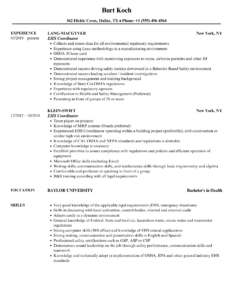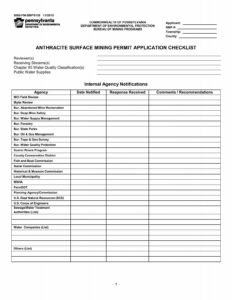Protecting employees from excessive noise exposure is essential to maintaining a safe and healthy workplace. Noise-induced hearing loss (NIHL) is a preventable condition that can have a devastating impact on an employee’s quality of life. Creating an effective hearing conservation program is crucial to prevent NIHL and comply with OSHA regulations.
OSHA provides a hearing conservation program template to guide employers in developing and implementing a comprehensive program. This template outlines the key elements of an effective program, including noise monitoring, audiometric testing, hearing protection, and employee education and training. Using this template can help employers create a program that meets OSHA requirements and effectively protects employees from noise-induced hearing loss.
Program Elements
The OSHA hearing conservation program template includes several essential elements:
- Noise monitoring: Employers must conduct noise monitoring to determine the noise levels in the workplace and identify areas where employees are exposed to excessive noise.
- Audiometric testing: Employees exposed to hazardous noise levels must receive regular audiometric testing to assess their hearing status and monitor for any changes.
- Hearing protection: Employers must provide hearing protection devices to employees exposed to hazardous noise levels and ensure that employees use them properly.
- Employee education and training: Employers must provide employees with education and training on the effects of noise exposure, the importance of hearing protection, and the use and care of hearing protection devices.
Implementation
To effectively implement an OSHA hearing conservation program template, employers should:
- Establish a noise monitoring program: Conduct noise monitoring to determine the noise levels in the workplace and identify areas where employees are exposed to excessive noise.
- Implement audiometric testing: Provide regular audiometric testing to employees exposed to hazardous noise levels and monitor for any changes in hearing.
- Install hearing protection devices: Provide hearing protection devices to employees exposed to hazardous noise levels and ensure that employees use them properly.
- Provide employee education and training: Educate employees on the effects of noise exposure, the importance of hearing protection, and the use and care of hearing protection devices.
- Review and update the program: Regularly review and update the hearing conservation program to ensure it is effective in preventing NIHL.
By implementing these elements effectively, employers can create a comprehensive hearing conservation program that meets OSHA requirements and protects employees from noise-induced hearing loss.
Protecting employee hearing is a critical aspect of maintaining a safe and healthy workplace. Using the OSHA hearing conservation program template provides a roadmap for employers to establish and implement an effective program that complies with regulations and safeguards employees from the harmful effects of noise exposure.

